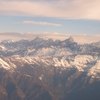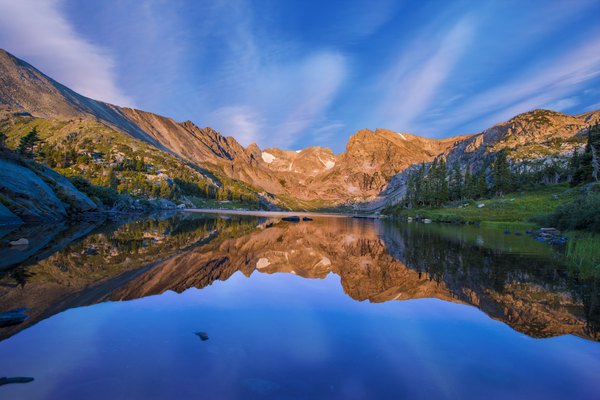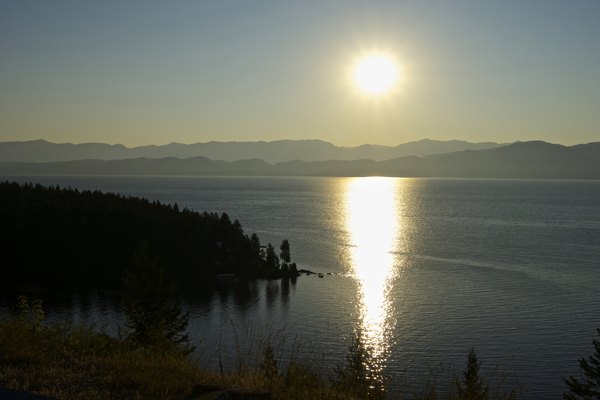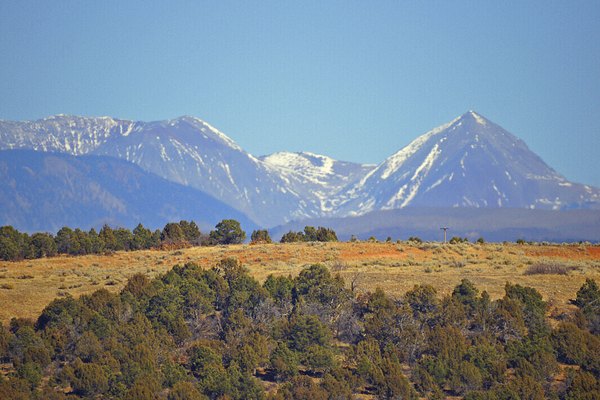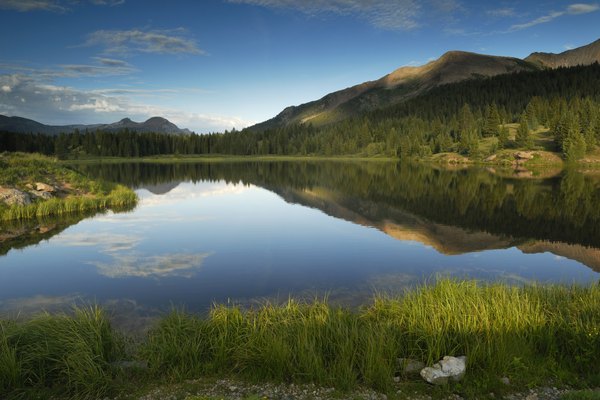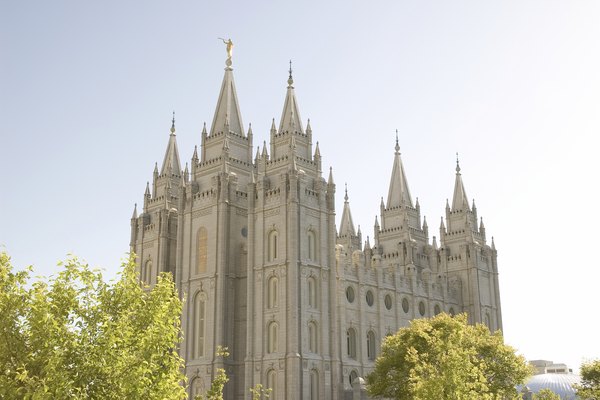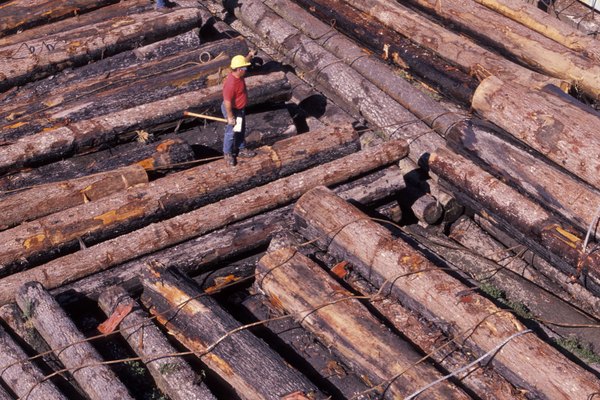The Mountain West region, also known as the Mountain States and colloquially as "Marlboro Country," comprises Wyoming, Utah, New Mexico, Nevada, Montana, Idaho, Colorado and Arizona. Generally it is sparsely populated with Phoenix and Denver as its major urban centers. It is also home to the largest concentration of members of the Church of Jesus Christ of Latter-Day Saints (Mormons), with more than 1 million members alone in Utah.
Rocky Mountains
The most prominent feature of the region are the Rocky Mountains, which stretch from the northern area of British Columbia through Alberta, Montana, Utah, Idaho, Wyoming, Colorado and New Mexico. Mount Elbert is the highest peak of the mountain range at 14,440 feet in Colorado.
Rocky Mountain Trench
Equally significant to the region is the Rocky Mountain Trench, also known as the "valley of a thousand peaks"; it stretches 995 miles from Flathead Lake in Montana to the Liard River south of British Columbia. The trench was formed through faulting, but also is a result of the formation of glacial valleys. Four river basins--Columbia, Fraser, Peace and Liard--are in the trench.
Parks
Major parks in the region include Royal Gorge, Rocky Mountain, Yellowstone, Grand Teton and Glacier National Parks; Sawtooth National Recreation area and Pikes Peak. Rocky Mountain National Park is found in northwest Colorado and includes the Colorado River and the Continental Divide. The 14,115-foot Pikes Peak above Colorado Springs is famed for its annual Pikes Peak International Hill Climb auto race.
Climate
The average temperature in the valleys is about 43 degrees F with July the hottest month, recording average temperatures of about 82. January is the coldest month with a 7 degrees F average. Rainfall in the region averages about 14 inches annually.
Early Inhabitants
The Apache, Bannock, Blackfoot, Arapaho, Crow, Cheyenne, Flathead, Sioux, Shoshoni, Ute and other Indian tribes originating in Canada populated the Mountain West region. The communities were highly mobile, traveling to the plains in the fall and winter to hunt and seek relief from the cold weather and to the mountains in the spring and summer to fish.
Today's Population
Residential density remains very sparse, with only four people estimated for every 10 square miles. Yet Montana has seen a 35 percent climb in population, while Colorado and Utah have seen dramatic rises in new residents by as much as 150 percent since 1950. Members of the Church of Jesus Christ of Latter-Day Saints make up 71 percent of the population of Utah, 27 percent in Idaho and 10 percent in Wyoming.
Environmental Issues
The region's environment is perhaps the most important topic among residents, especially issues involving logging, water and mining. Federal legislation was introduced in 2009 to address the concerns of overlogging by designating 660,000 acres of new wilderness in Montana. Mining has been a particular concern with efforts to clean up mine toxic waste sites, such as near the Eagle River in Colorado.
Photo Credits
- Chris Rogers/iStock/Getty Images




